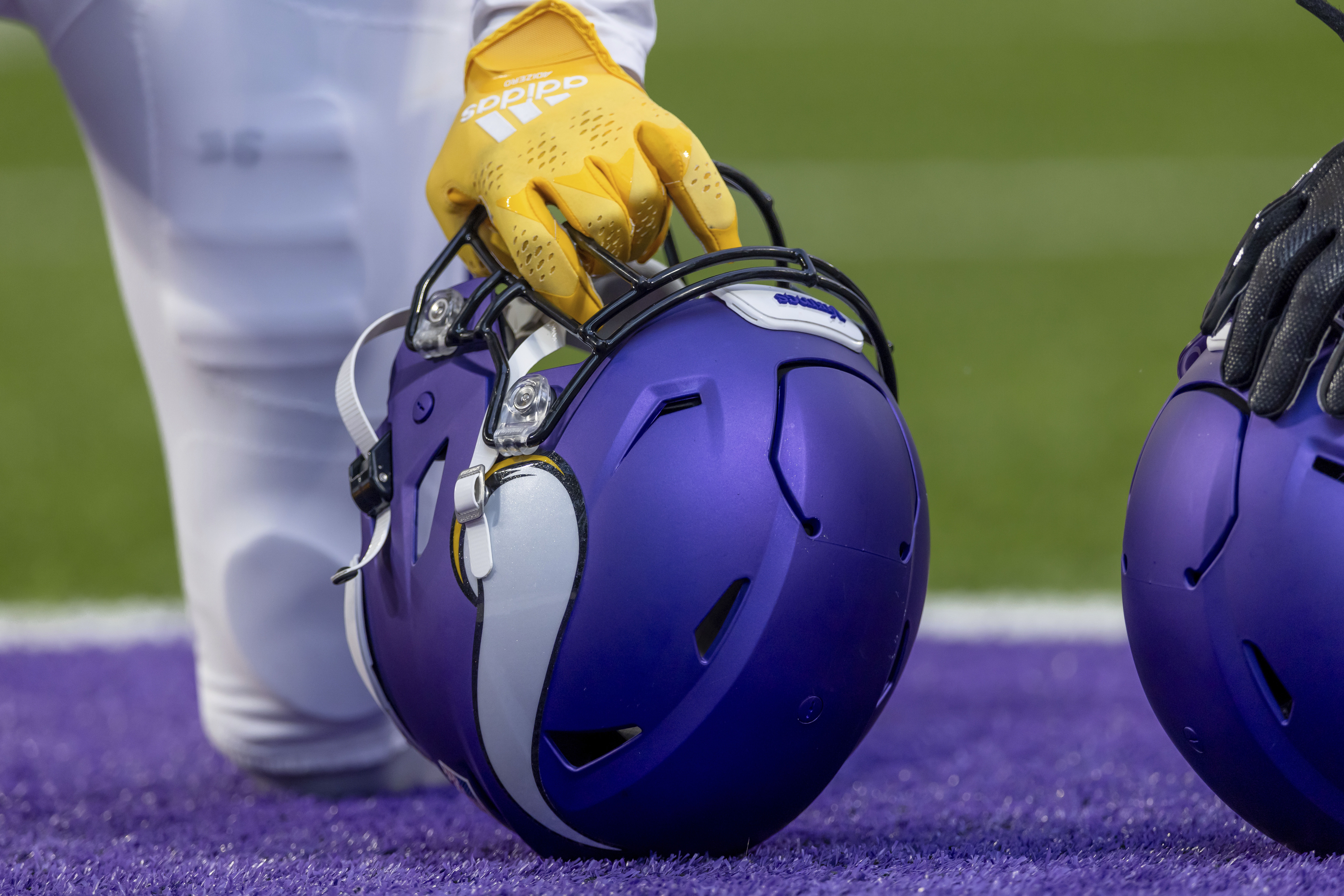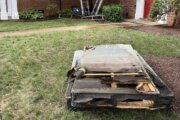Editor’s note: An earlier reference to 18 school shootings in 2018 was removed because of questions regarding how school shootings are classified.
WASHINGTON — Wednesday’s shooting at a Florida high school is a reminder of the challenges officials face in keeping campuses safe.
Seventeen were killed Wednesday at Marjory Stoneman Douglas High School in Parkland, Florida — making it the 10th-worst mass shooting in U.S. history.
And for a school, preventing such a massacre is a frustrating mission.
“Protecting soft targets like schools is a Sisyphean task,” said Michael Maness, the director of TrapWire Inc.
The problem stems in part from complacency, “mainly because current security practices are almost completely focused on reaction instead of prevention,” Maness said.
“As this tragedy has once again shown, there is only one way to get ahead of these types of incidents and that is through information sharing both up and down the chain of command,” he said.
“The post-incident investigation will not likely uncover anything that wasn’t discoverable before this took place,” Maness said. “We’re just not doing a very good job of finding and connecting the dots ahead of time.”
Some schools do take extra measures. Instead of relying on police to protect students, for example, they hire help.
“In the private school arena — in some of the high-net-worth areas, with schools that have a lot of money, or there are a lot of wealthy parents — they take matters into their own hands,” said Fred Burton, the vice president of intelligence at Stratfor, a global security firm.
“They simply hire their own off-duty police officers or private security,” Burton said. “They pay for enhanced security measures.”
Burton, of Austin, Texas, works with corporations. One safety measure he observed are physical-access controls.
“You literally have to have a card-reader ID to get in, and then you’re trapped in another area before you’re buzzed into those locations.”
But those systems are rare, even in the business community. And they’re nonexistent in secondary schools. Those security devices, which are commonplace inside government buildings and at embassies, are cost-prohibitive.
Even at schools in wealthy neighborhoods, precious few, if any, can afford them.
But according to Burton, other steps can be taken, including “drills and having safe havens inside the schools, teaching the teachers how to react, special code words with notifications that come across the PA system.”
Another issue that complicates any move toward a more robust security presence inside schools is what he calls the politically charged question: “Is this the kind of place you want to send your kids to?”
But is asking that question even an option anymore?
It might better to raise another question, Burton said: Is it time to stop just asking or encouraging jurisdictions to better protect schools — and simply demand that they do it?
“Perhaps it’s time some sort of requirements were legislated or mandated by local city councils,” Burton said.





